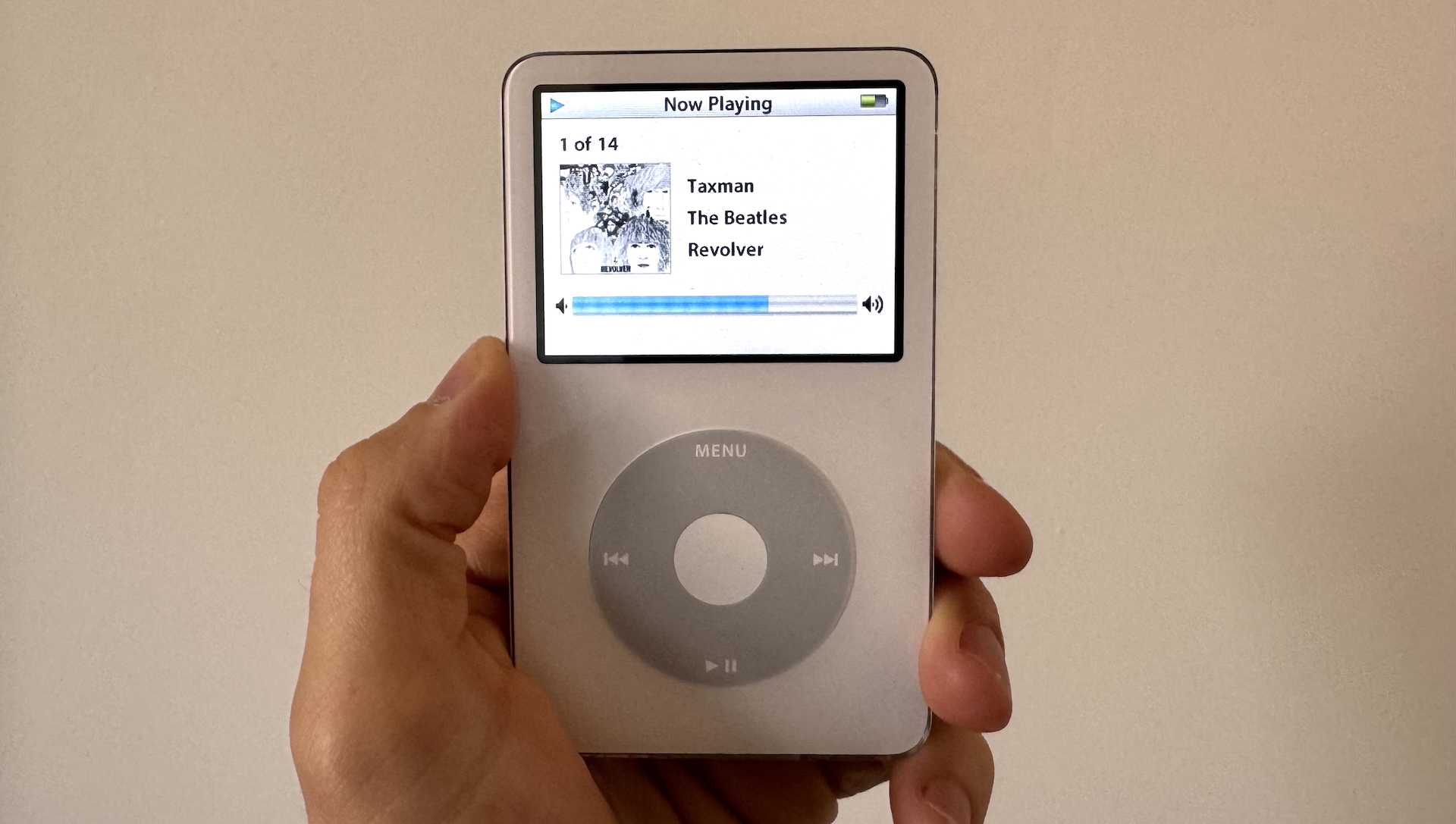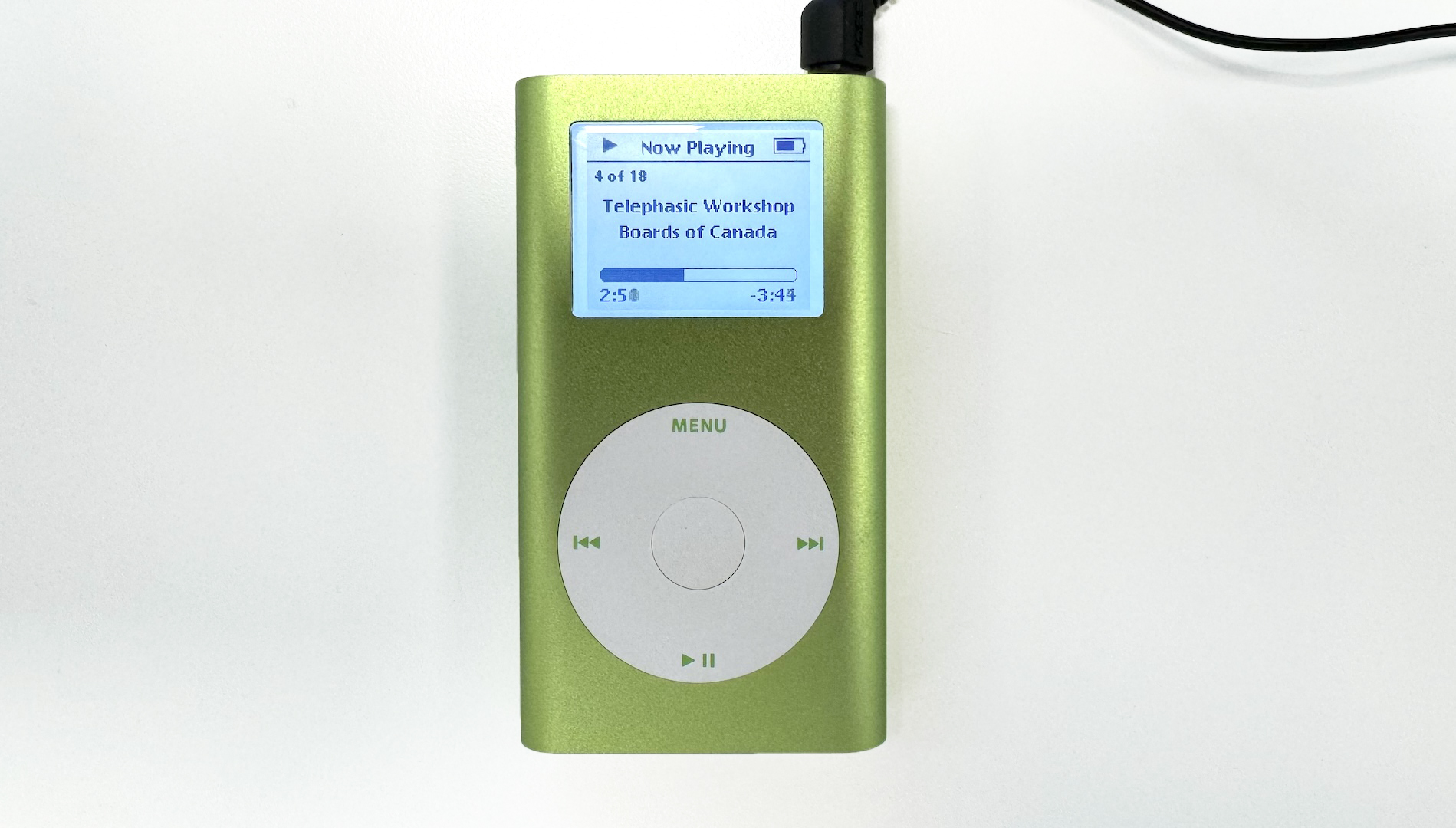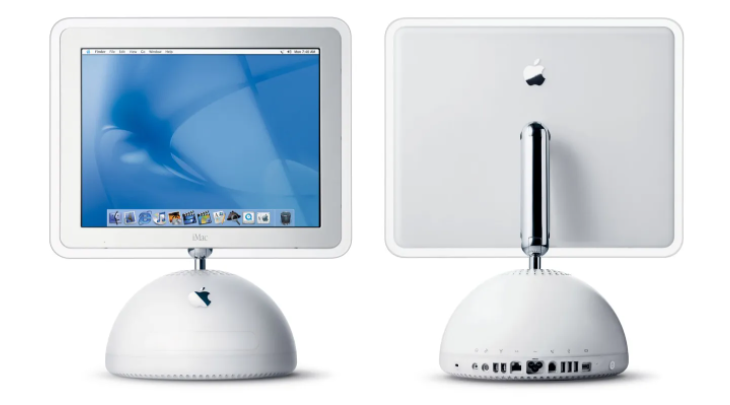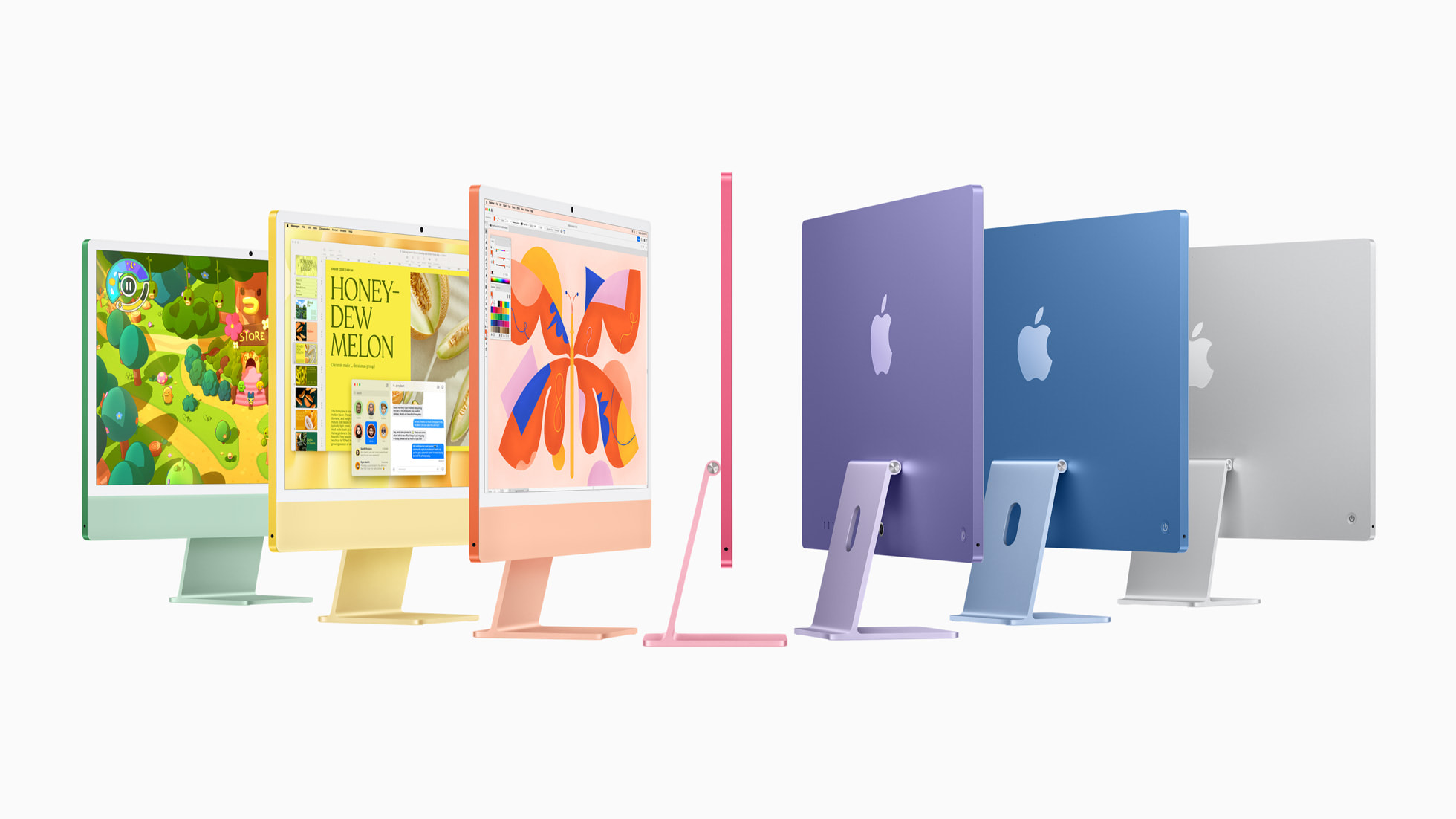
There's an internet theory that all men, at some point in their twenties or thirties, end up buying a toy or gadget that they either had, or really wanted, as a child. I laughed when I first read it – then immediately realised that this year I have lived up to that very cliché, courtesy of my born-again obsession with iPods.
First I bought the one I really wanted but never had the iPod mini – which I modded to include a new battery and expanded hard drive (modding iPods is really fun and easy, by the way). Then, unable to resist the siren call of nostalgia, I bought and modded the one I actually had as a child, the fifth generation iPod. And as I move deeper into my things-were-better-in-my-day era, I'm realising there's one thing I do believe was better in my day. Specifically Apple design. And specifically in the decade from 1998-2007.

Those ten years in the late nineties and early naughties were transformative for Apple, and instrumental in turning it into the world's most valuable company. They were the years that gave us the iMac, the iPod and the original iPhone. The iYears, if you will. And if there's one thing that I think defines the designs from that era, it's personality.
Reconnecting with both iPod models, I've been struck by them as objects more than I have as tools. In a recent interview on BBC's Desert Island Discs, Apple designer Jony Ive described the importance of feeling a sense of the people behind the product. Even now, twenty years later, I sense that the iPod was designed by people who want me to enjoy the act of using it. The combination of the impossibly compact profiles, rounded edges, simplicity of the UI and of course the tactility of the click wheel make for a user experience that's simple and, perhaps more importantly, fun.

The run of products that launched starting with 1998's iMac is saturated with that sense of fun. The colourful clamshell iBooks are ostensibly playful. The famous iMac G4 with its domed stand was inspired by a blooming sunflower. Even products that failed to sell well, such as the Power Mac G4 'Cube', were driven by Apple's dogged adherence to its 'Think Different motto.
And there was even a time, believe it or not, when each subsequent iteration of the iPhone looked distinctly different from the last. It wasn't until the iPhone 3GS that Apple rehashed an existing design – and even that was followed by the beautiful iPhone 4, which changed the look entirely. Nowadays, in a world of incremental and iterative updates, the idea of yearly new designs feels like a novelty.

So designs have become homogenised and the fun is no longer there. Why? I don't entirely blame Apple for this. If you ask me, it's because of the way our devices have evolved to do pretty everything. Before, gadgets were, if not single-purpose like the original iPod, at least designed for specific use-cases. This afforded room for designs to express an identity, and to fit into particular areas of lifestyle. Now, phones and tablets are everything devices. They're just screens. The only really discernable design change is that black glass rectangle on the front, or those black glass circles on the back, getting a little bigger or a little smaller.
I remember vividly how using Apple products in the noughties was something of a statement. In a world of black and grey Microsoft stuff, it stood for fun. Those white iPod earbuds were genuinely unusual when they first arrived and before they eventually achieved ubiquity. But these days, it doesn't feel like brands can afford to stand out, or Think Different. The reason all phones and tablets look the same is because all that matters is the screen. The device does everything, so the design has to do, well, nothing.

If there's one Apple product that reminds me of the company's joyful design past, it's the current iMac. With its delightful pastel colours and rounded edges, it's the one Apple product that feels pretty for the sake of being pretty. And it's also the one Apple product that reviewers have repeatedly called irrelevant. Today's tech is designed to disappear – both into our pockets, and, with ever shrinking bezels, into its own screens. The iMac, with its unapologetically eye-catching design was, as The Verge puts it, "not built for this world".
But with Gen Z (and me) rediscovering Y2K tech, the return of dumbphones and the ever increasing noise around tech addiction, perhaps we'll see fun and ostentatious design make a comeback. In the meantime, I'll be in my garage, wearing a pair of rose-tinted goggles, reminiscing about the past whilst modding my next iPod.







